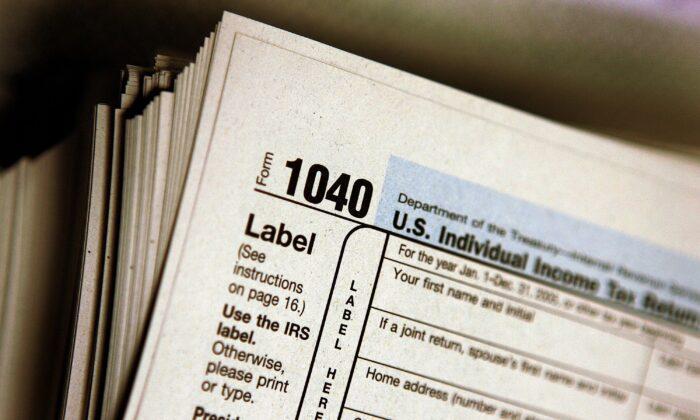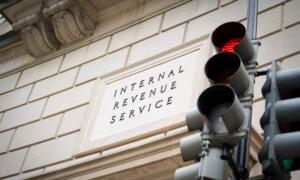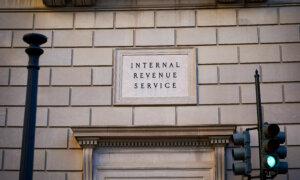The Internal Revenue Service (IRS) revealed it is issuing larger tax returns than the previous year, reversing trend from several weeks ago, according to a tax season update.
As of Feb. 16, the average tax return so far totals $3,207, said the agency, or about 2 percent than the period last year. During the 2023 tax season, the average amount for a return around the same time was $3,140, it added.
Early data suggest there is a drop in tax returns received compared to the previous year. The tax agency has received 34,743,000 tax returns as of Feb. 17, or a 5.7 percent drop from the same time last year. As of Feb. 17, 2023, it received 36,769,000returns.
But the agency noted that the 2024 tax season started about a week earlier than it began in 2023.
“Considering the loss of seven days in this comparison, filing season statistics below continue to show a strong start to Filing Season 2024, with all systems running well,” the IRS said.
Taxpayers typically get a refund if too much money was withheld from their paychecks or they overpaid their taxes during the prior tax season. For families, it can be significant, as data have shown a majority of filers received a refund in 2023.
This year, some taxpayers may receive a larger refund because the tax agency adjusted some of its rules due to higher inflation, putting the tax brackets about 7 percent higher than the previous year.
It may have been because federal law prevented the agency from issuing earned income tax credits or additional child tax credits before the middle of February 2024. Since the deadline passed, the issuance of the credits may have contributed to the increase for the Feb. 16 update.
The IRS has said it expects to receive well over 100 million individual tax filings by the end of this year. The agency has said that most taxpayers have to file their taxes by April 15, meaning there are around several weeks remaining to file the returns, unless an extension is requested.
Taxpayers can expect to get their refund with 21 days, the IRS says, but only if they file electronically and choose the direct deposit option.
“Once you’re relatively certain that you have all of your tax documents, file as soon as you can so that you can start investing your money,” Eric Bronnenkant, head of tax at Betterment, told Fox News. “Because, in general, the IRS doesn’t pay you interest on your refunds. So, getting that money in your hands sooner is better, for sure.”
A recent study from Bankrate, meanwhile, found that 28 percent of Americans anticipating a tax refund plan to use the money to put into their savings, while 19 percent want to pay their debt, including their credit card debt.
“Many households would be well-served by putting some of their tax refund toward debt payoff and some toward savings,” a Bankrate official said in the article.
Smaller numbers will also use their refund to pay for vacations, home improvements, investments, retail purchases, or other expenses, it found.







